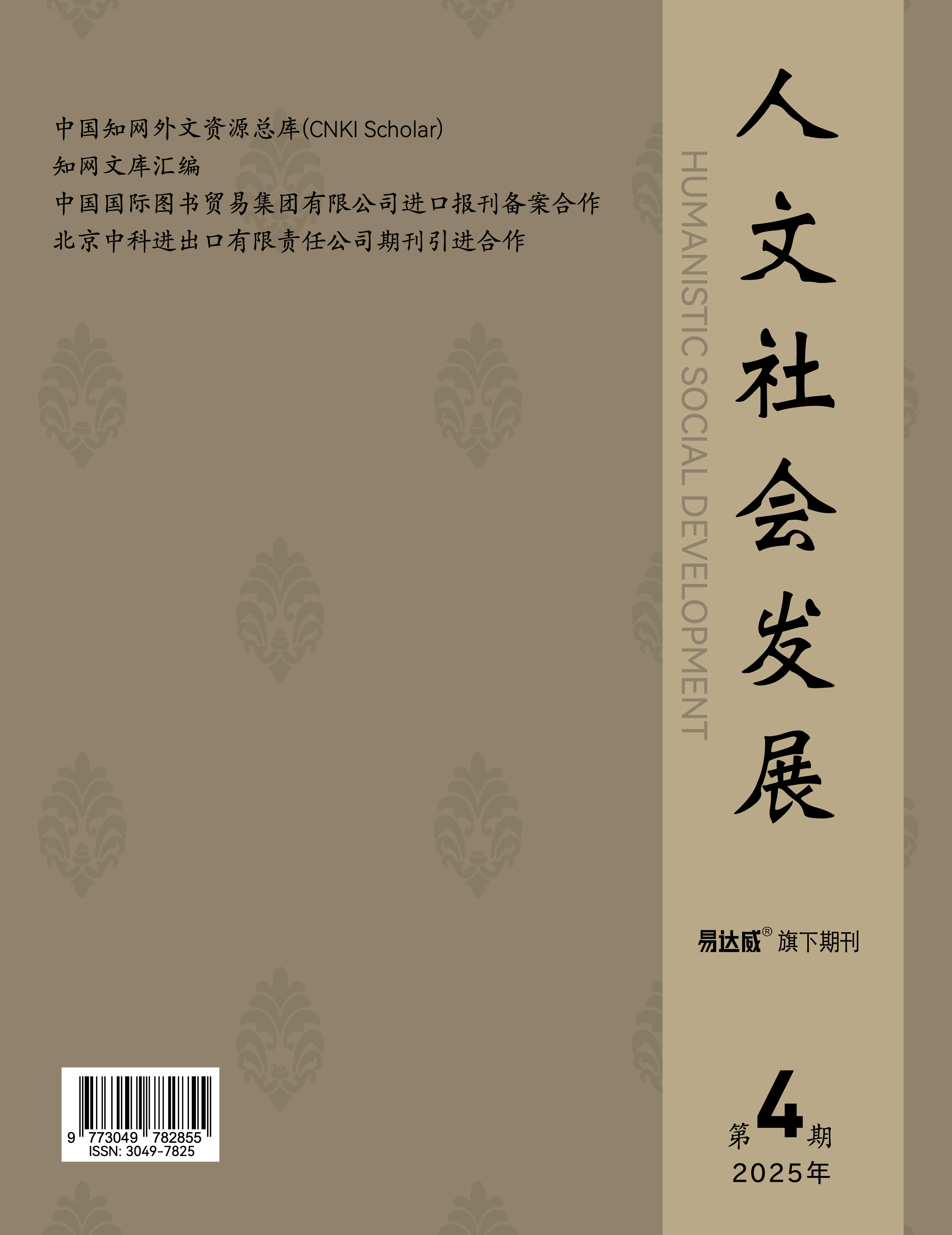快速访问
文章信息
参考文献
[1]何彤慧, 李禄胜. 宁夏地名特征与地名文化 [J]. 宁夏社会科学, 2003, (04): 65-68.
[2]UNESCO. Operational Guidelines for The Implementation of The World Heritage Convention [DB/OL]. Paris, 2005.
[3]代水平. 地名失范的管理偏误与法治矫正 [J]. 西北大学学报(哲学社会科学版), 2022, 52(03): 129-138.
[4]李佩娟. 快速城市化背景下的城市地名规划编制探讨——以厦门市为例 [J]. 规划师, 2008(08): 45-48.
[5]MEIJERS E, PERIS A. Using Toponym Co-occurrences To Measure Relationships Between Places: Review, Application And Evaluation [J]. International Journal of Urban Sciences, 2019, 23(2): 246-268.
[6]LEIDNER J L. Toponym Resolution in Text: Annotation, Evaluation And Applications of Spatial Grounding of Place Names [M]. Universal-Publishers, 2008.
[7]CONEDERA M, VASSERE S, NEFF C, et al. Using Toponymy To Reconstruct past Land Use: A Case Study of ‘Brüsáda’(burn) in Southern Switzerland [J]. Journal of Historical Geography, 2007, 33(4): 729-748.
[8]NICHOLAS NASH. Not in Our Front Garden: Land Use Conflict, Spatial Meaning And The Politics of Naming Place [J]. Journal of Community & Applied Social Psychology, 2009, 20: 44-56
[9]PERDANA A P, HENDRAYANA E, SANTOSOB W E. The Important of Toponym in The Middle of Maps And Imagery for Disaster Management [J]. International Archives of the Photogrammetry, Remote Sensing and Spatial Information Sciences, 2012, 39: B4.
[10]GUIMBATAN-FADGYAS R. Indigenous Toponyms in Landslide Hazard Mapping for Land Use And Infrastructure Planning [D]. University of Twente, 2021.
[11]KERFOOT H. Geographical Names: Some Current Issues in The Context of The United Nations [J]. The Cartographic Journal, 2004, 41 (2): 89~94.
[12]BRUSA M, SOLMI M, VIANELLO G, et al. Gis-based Paleo-hydrographical Study for Territorial Development Planning of The Reno Basin Using XVIII Century And Rea Chiesa Historical Maps (Bologna, Italy) [J]. Journal of Agricultural Engineering, 2010, 41(4): 15-21.
[13]TÓTH V. Hungarian Digital Toponym Registry1 [J]. 2014.
[14]DIMITRIOS K, NIKOLAOS K, DIMITRA V, et al. Digital Processing of Historical Maps from Eastern Macedonia, Greece with The Use of GIS-Geography of Settlements And Toponyms in Space And Time [J]. 2010.
[15]ISA B M, ABUBAKAR D I, MOHAMMED B B, et al. Toponym And Evocation of Cultural Landscape Heritage: A Case of An African Community [J]. 2020.
[16]曹青, 郭晓琳. 浅谈如何编制地名规划——以山东省为例 [J]. 中国地名, 2019(04): 10-13.
[17]杨卫丽, 杨洪福. 编制地名规划之研究 [J]. 城市发展研究, 2007(01): 17-20.
[18]孙忠仁, 陈际阮. 浅谈地名规划的意义及应遵循的原则 [J]. 中国地名, 2011(09): 19.
[19]郭丽阁, 张冠增. 构建城市空间秩序, 延续城市历史文脉——以佛山市地名规划为例 [J]. 上海城市规划, 2014(02): 116-120.
[20]周孟洋, 章凌志. “刚柔并济”视角下的地名规划——以《瓯江口新区西片区地名专项规划》为例 [J]. 规划师, 2014, 30(S3): 246-249.
[21]张清华. 强化三种空间思维探索新时代地名规划新路径 [J]. 中国民政, 2018(08): 35+44.
[22]王长松, 陈喜波, 韩光辉. 城镇地名规划研究——以北京通州、大兴和平谷新城为例 [J]. 城市发展研究, 2013, 21(08): 26-29.
[23]刘欣葵. 地名规划编制中的地名文化遗产保护——以北京新城地名规划实践为例 [J]. 北京规划建设, 2011(03): 39-41.
[24]丁家骏. 我国传统地名特质及其对当前地名规划的启示——以上海为例 [J]. 上海城市规划, 2015(06): 121-124.
[25]章昌平, 张晓君. 地名符号的传承与建构: 基于城市记忆的地名公共服务体系研究——以南岭四省为例 [J]. 现代城市研究, 2017(03): 117-123.
[26]罗瑾, 汤茂江, 吴彬彬. 数字化城市规划地名协同体系构建 [J]. 科技展望, 2015, 25(31): 255.
[27]陈政, 陈慧卿, 李泽军. GIS支持的衡阳市村名空间格局及其地理环境特征分析 [J]. 湖南工业职业技术学院学报, 2020, 20(03): 46-49+69.
[28]王晓娟, 王彦颖, 张洪岩. 地名规划的原则、方法及步骤刍议——兼议长春市地名规划的普遍意义 [J]. 中国地名, 2010(11): 11-12.
[29]李全茂. 浅谈地名的功能. 中国地名, 2006.(09): 8-10.
[30]朱永杰, 尹兵兵, 李君. 北京长城文化带地名文化遗产保护与建设路径 [J]. 城市发展研究, 2021, 28(07): 43-48.
[31]张跃西. 地名文化遗产的保护与开发: 浙江为例 [J]. 浙江树人大学学报(人文社会科学), 2017, 17(02): 37-40.
版权与开放获取声明
作为一本开放获取的学术期刊,所有文章均遵循 Creative Commons Attribution 4.0 International License (CC BY 4.0) 协议发布,允许用户在署名原作者的前提下自由共享与再利用内容。所有文章均可免费供读者和机构阅读、下载、引用与传播,EWA Publishing 不会通过期刊的出版发行向读者或机构收取任何费用。



